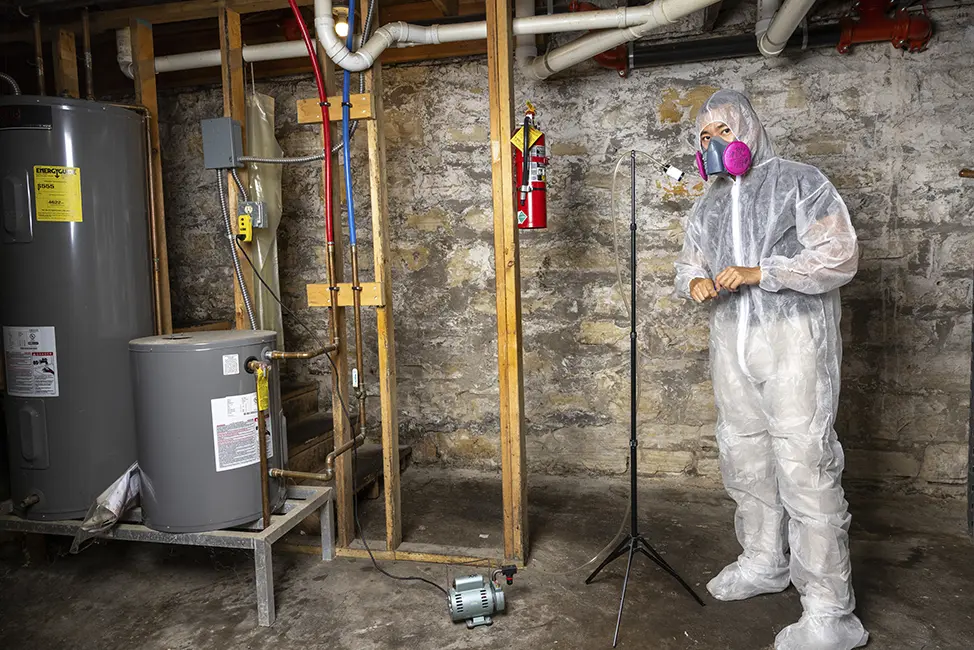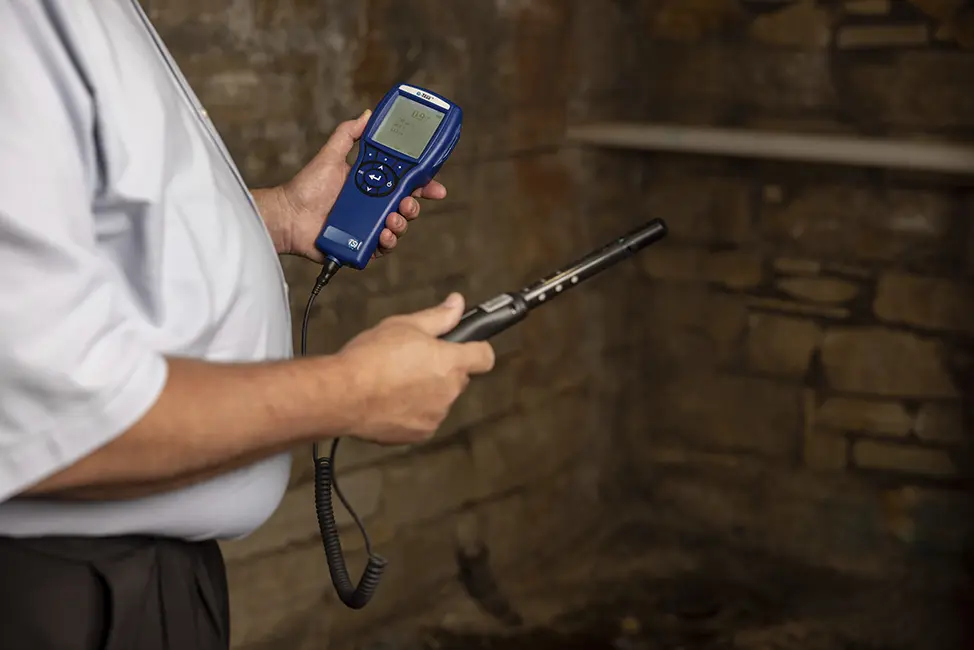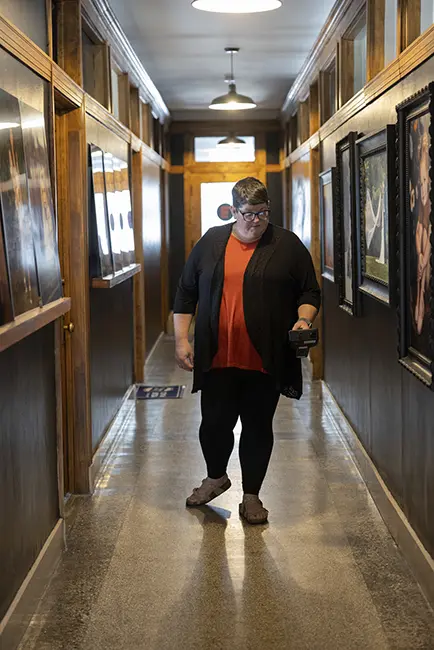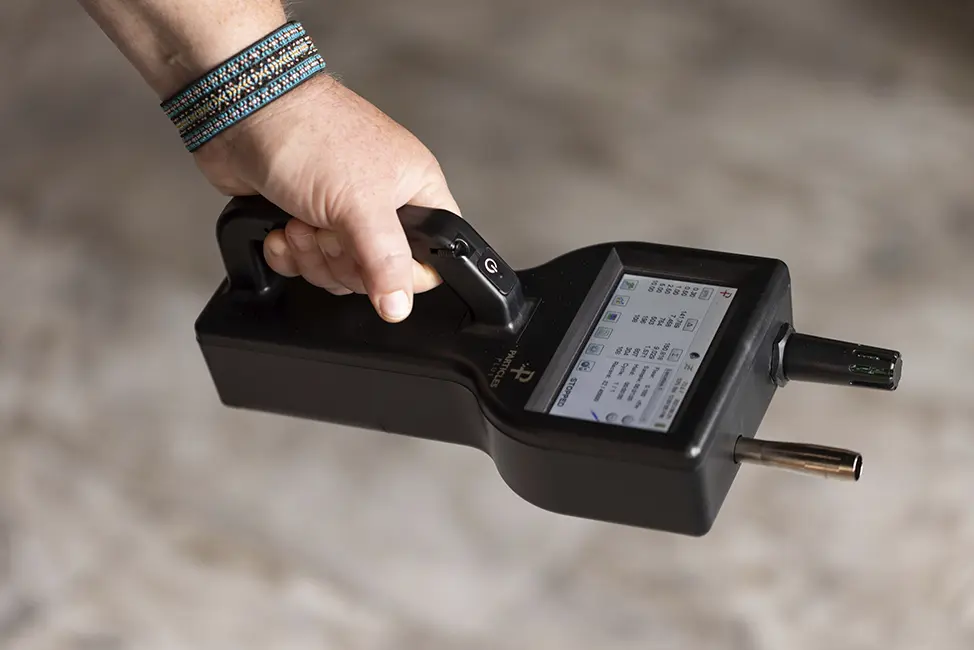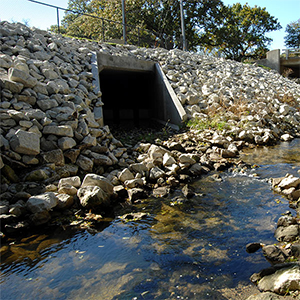A safe environment for your employees includes good indoor air quality.
This can be a challenge depending on the business that you’re in. Poor indoor air quality can impact absentee rates, cause medical issues and reduce employee productiveness.
Picking the correct Industrial Hygienist for your specific testing needs is critical in narrowing down the types of testing needed to identify contaminants within the workplace. Using a Certified Indoor Environmental Consultant (CIEC) and Certified Microbial Consultant (CMC) is a step in the right direction in determining the potential contaminants and performing the correct testing to identify the issues causing distress to your employees.
Working with a CIEC/CMC can help identify problems quickly while having the resources to provide long-term solutions to remediate the conditions causing distress in the workplace.
COVID-19, Cold & Flu Prevention
Every year, students miss school and employees miss work due to sickness. The cold, flu, and COVID-19 are classic offenders. Thousands of germs are spread through the air with one sneeze or cough. But people don’t have to get sick in your building! Replacing or adjusting your building’s HVAC system can make a dramatic difference in employee and student health.
It all starts with a simple carbon dioxide (CO2) test inside your building. Why CO2? Carbon dioxide is a good indicator of the level of contaminants in your air. If CO2 concentration is high, viruses and other contaminants will be as well. With the testing data in hand, we’ll work with our in-house HVAC professionals or your own maintenance staff to adjust your system for the right amount of fresh air. Often, simple and inexpensive tweaks make a big difference.
Don’t wait until people are sick. Annual testing and inspection at the start of heating season keeps students in school, employees at work, and everyone feeling their best.
Mold Remediation
When excessive moisture accumulates indoors, mold growth often follows. If the moisture problem is not corrected mold will gradually damage building materials and furnishings. Exposure to mold has also been linked to potential health problems for people in the space where mold exists.
Not only does the mold need to be remediated, the source of the moisture intrusion needs to be identified in order to prevent future mold growth. A Council Certified Microbial Consultant and Council Certified Indoor Environmental Consultant will determine if a mold problem exists, identify and remove the source of moisture causing the mold growth and remediate the mold intrusion with testing to verify that the mold has been properly remediated.
A healthy environment free of mold helps protect the well-being of employees and your real estate investment.
What’s that smell?
Does your building have an odor you can’t pinpoint? We help property owners identify the source of bothersome odors through Volatile Organic Compounds (VOC) analysis. These specialized tests identify hundreds of chemicals, compounds and contaminants in the parts per billion range – everything from perfume to sewer gas.
VOC testing can also be utilized for fire investigations and to identify active mold growth.
Once we find the source of the odor, we will help you fix it, or recommend a specialist we know and trust.
Stay in Touch for Monthly Shive-Hattery Industry Insights
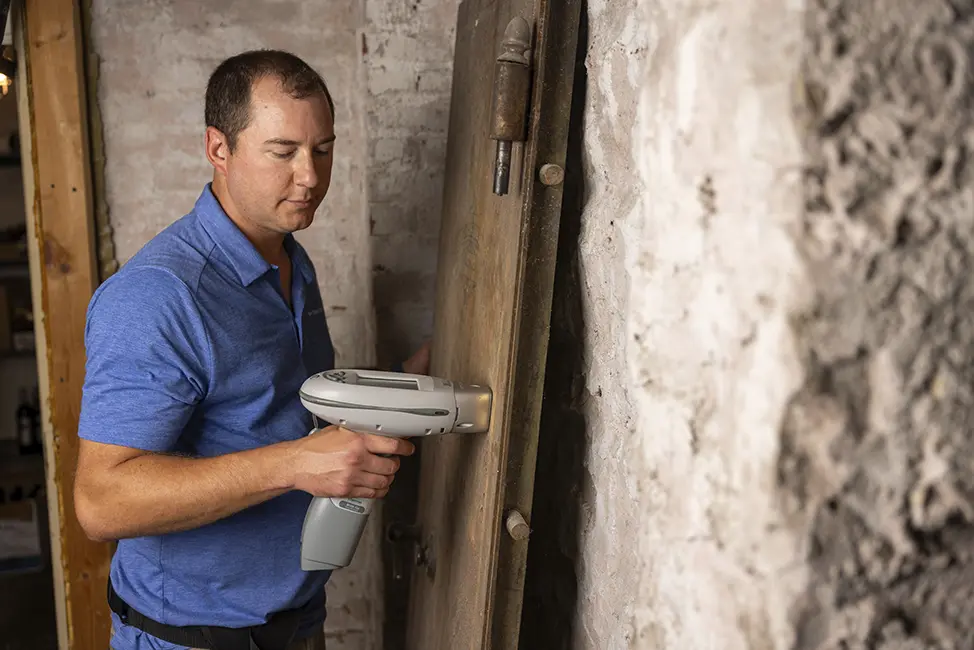
Lead Testing
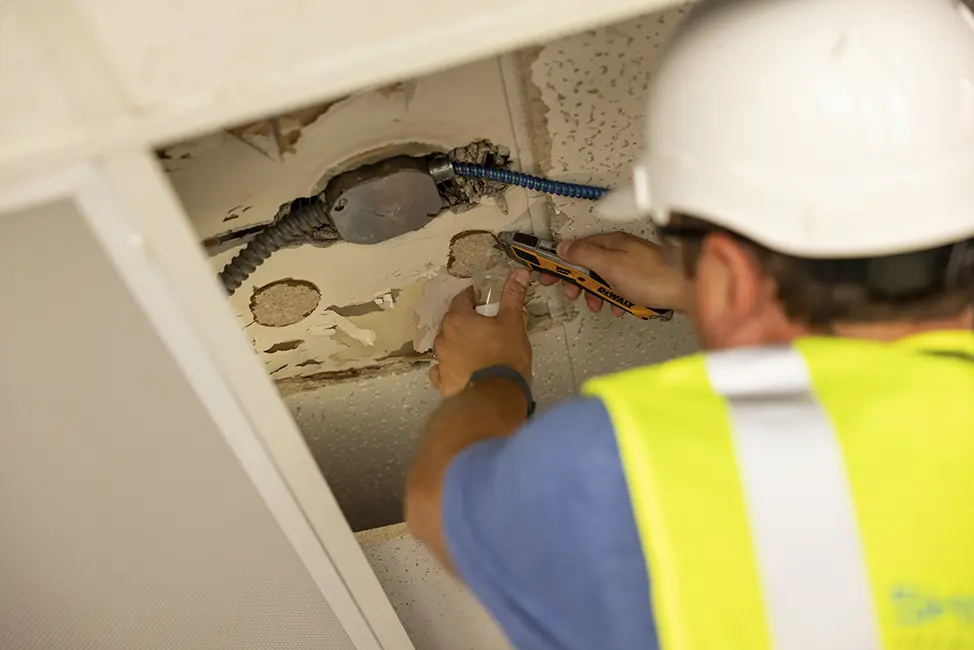
Asbestos Consultation & Management Planning
More Environmental Services Projects
Creating the foundations that support community growth.
We're Learning, Growing + Sharing
Stay on top of the latest industry trends as we share how we are staying ahead of them.
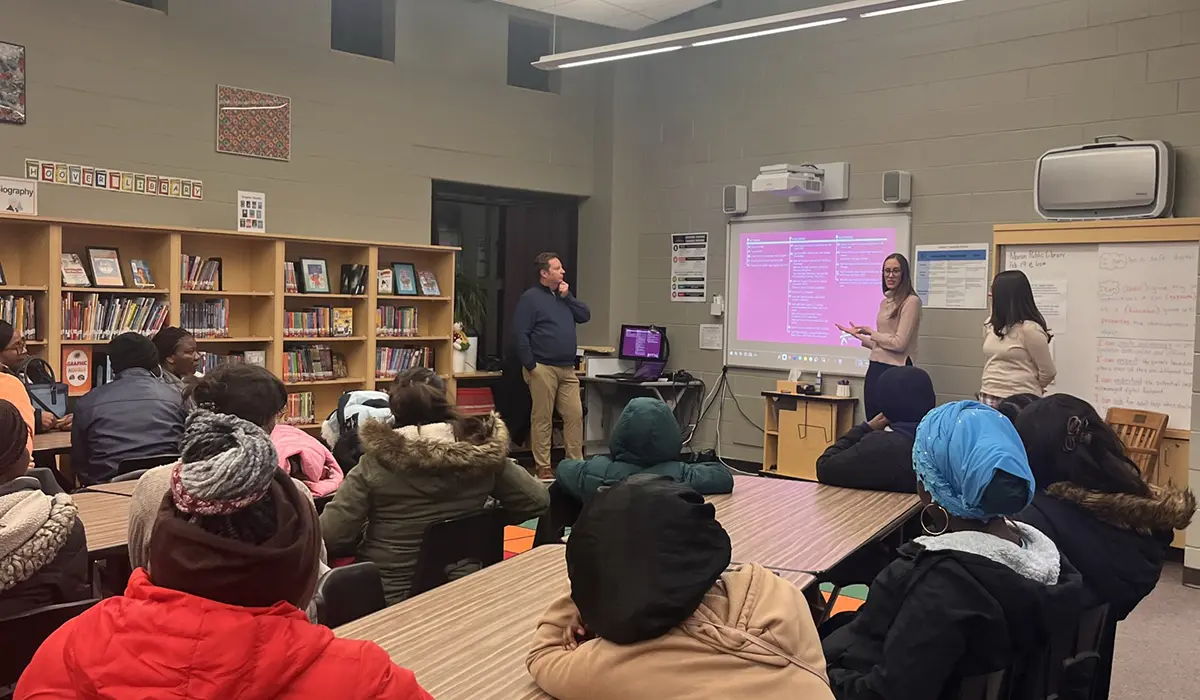
Giving Staff & Student Families a Voice
Pre K-12

Shive-Hattery Engineers Celebrated for The Gazette’s Engineers Week.
Infrastructure

Live! Casino and Hotel Louisiana Grand Opening
Gaming & Hospitality

